What is it like to visit Johannesburg in South Africa? Our South African trip started with friends in Johannesburg, and we also came back here after our week in the Kruger Park. We've been able to see a lot of this interesting city, and now we're sharing our top tips.
Table of contents
Johannesburg in South Africa
Johannesburg, or Jo'burg as the city is known, is South Africa's largest metropolitan area. According to Wikipedia, there are around 5 million people living here, but many people we talk to think it's much more. Perhaps it's hard to count all the people in suburbs and shanty towns, not to mention all the illegal immigrants pouring in from neighbouring African countries.
The city was founded in 1886 because of the 'Witwatersrand Gold Rush'. Today it is a green city - "the world's largest artificial urban forest" we are told.
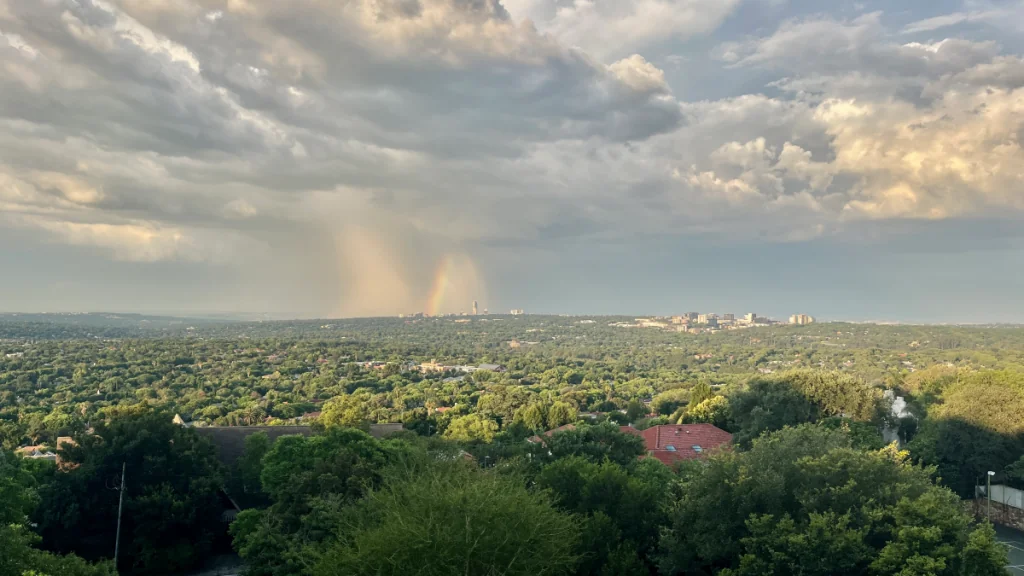
Johannesburg is located in the north-eastern part of South Africa.
Johannesburg - a city of contrasts and challenges
There is no getting away from it. Johannesburg is a city of great contrasts and great challenges. Apartheid prevailed between 1948 and the early 1990s. At that time, black people could not move into white areas without papers proving their right to work. Thereafter, they had to return to their black suburbs.
Apartheid is over, but history cannot be erased. Many people, both black and white, speak of Nelson Mandela with respect. His party, the ANC, is still in power, but now many people talk about corruption, lack of vision and money going into the wrong pockets.
Blacks remain largely poor, and crime is getting worse and worse. More and more whites, especially young people, are moving 'overseas' to the US or Europe. What will the future look like? Nobody knows ...
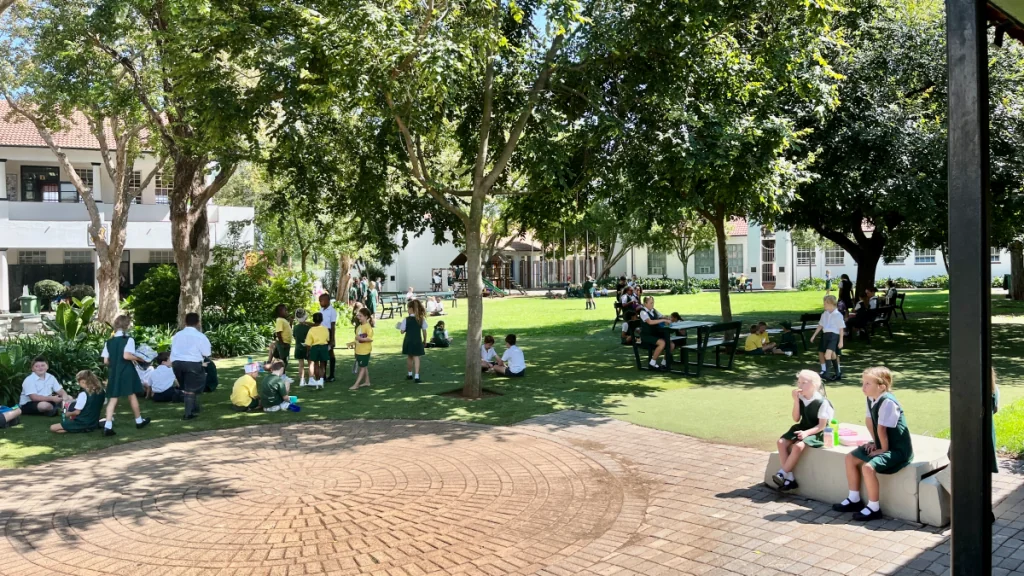
Guided tour of Soweto
We decided to book a guided tour of Soweto (South-Western Townships), to see and understand a bit more of the black side of history. We booked Tsalanag Travel & Tours via Get Your Guide, and received a very good guided tour by the guide Thabang for four hours.
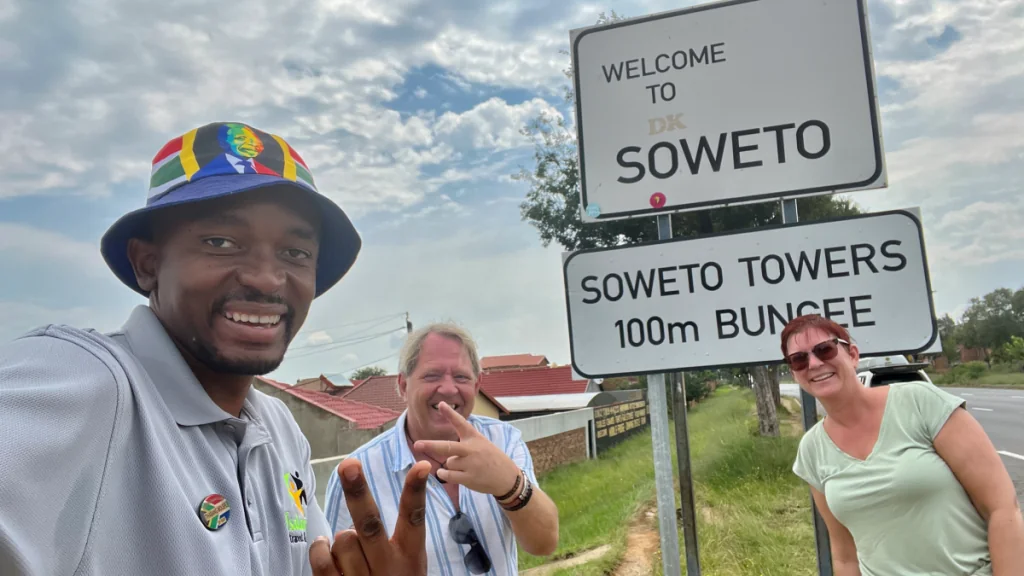
The guide first took us to FNB Stadium, which is on the border of Soweto. Then it was time to drive into the neighbourhood that was the destination of the tour ...
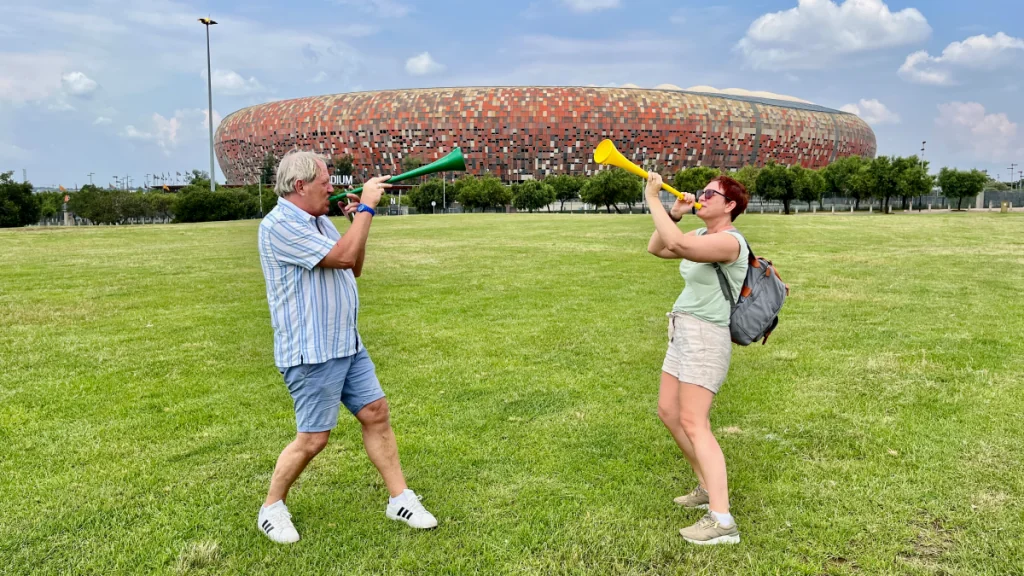
Thabang asked about our preconceptions about Soweto, and we explained that we were expecting poor areas. To challenge our preconceptions, he started by showing the nicest areas, where the villas are rather luxurious. The people who live in that area have money but still, for reasons of solidarity, want to stay in Soweto.
He then showed us all the other areas, where people are building with corrugated iron, poaching electricity and using barely functional shanties. What made the biggest impression, in a frightening way, was when he talked about how "popular justice" uses "necklacing" (hanging a car tyre around a person, pouring lighter fluid on it and burning the person to death) for crimes such as theft or rape. They feel the police are not doing anything, so they take justice into their own hands ...
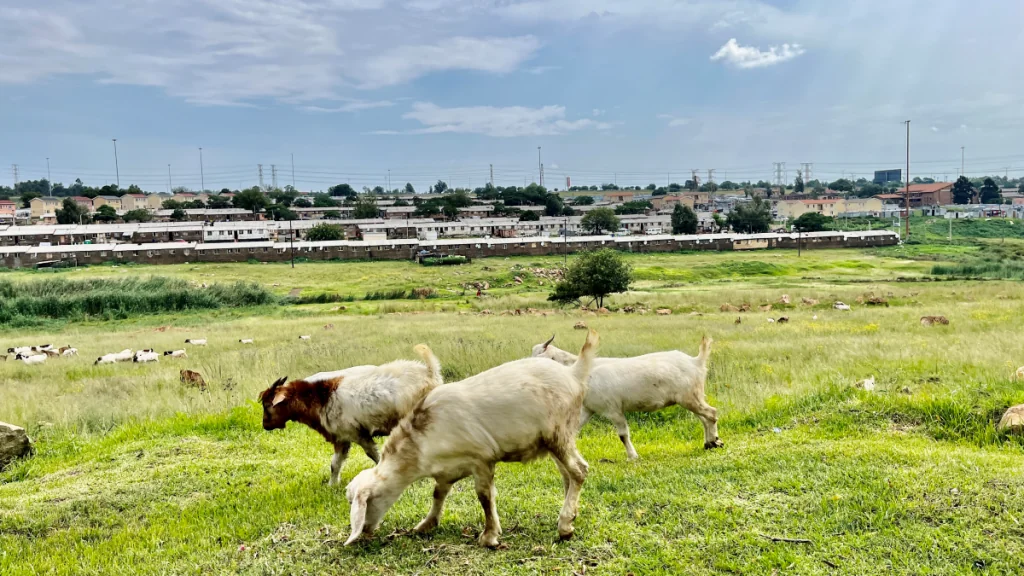
It was of course also interesting to see the Soweto Towers, i.e. the Orlando Power Station, which is a now defunct coal-fired power station in Soweto. Today the site is used for bungy jumping between the two towers.
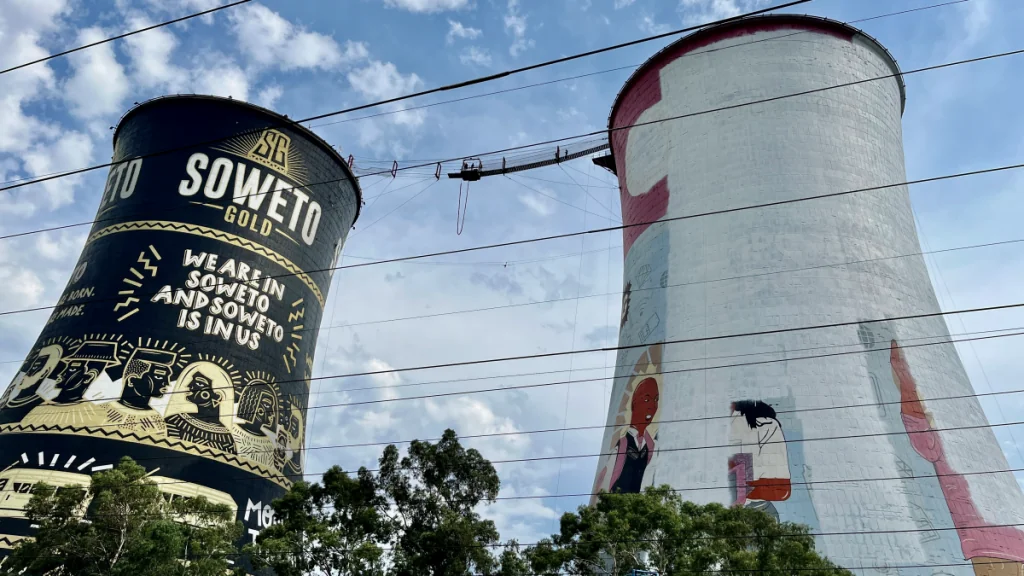
Nelson Mandela's house
The guide also took us to one of the most important sights in Soweto, Nelson Mandela's house. Mandela lived here until he was imprisoned for 27 years. After his release, he only stayed here for a short time as his safety could not be guaranteed.
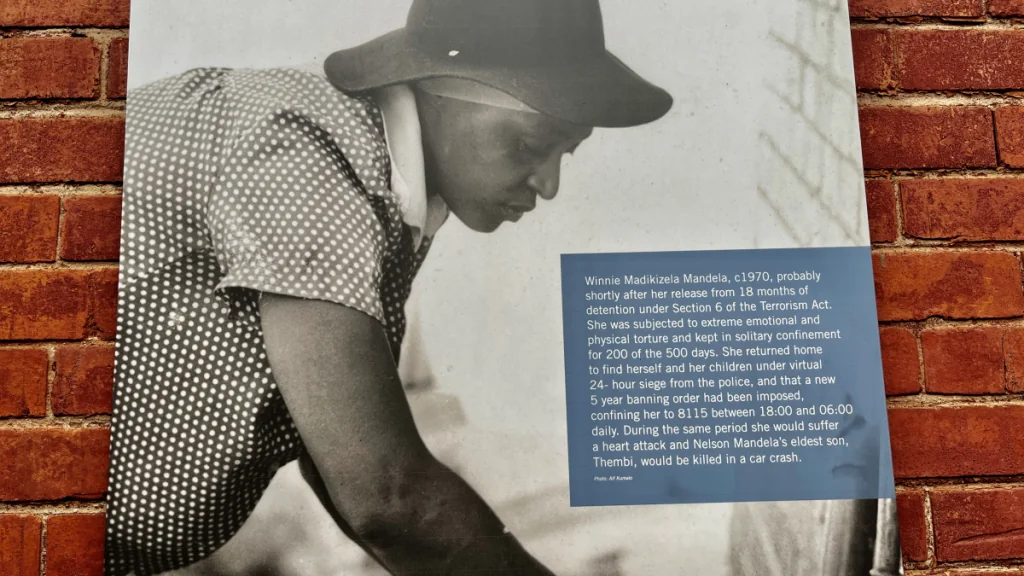
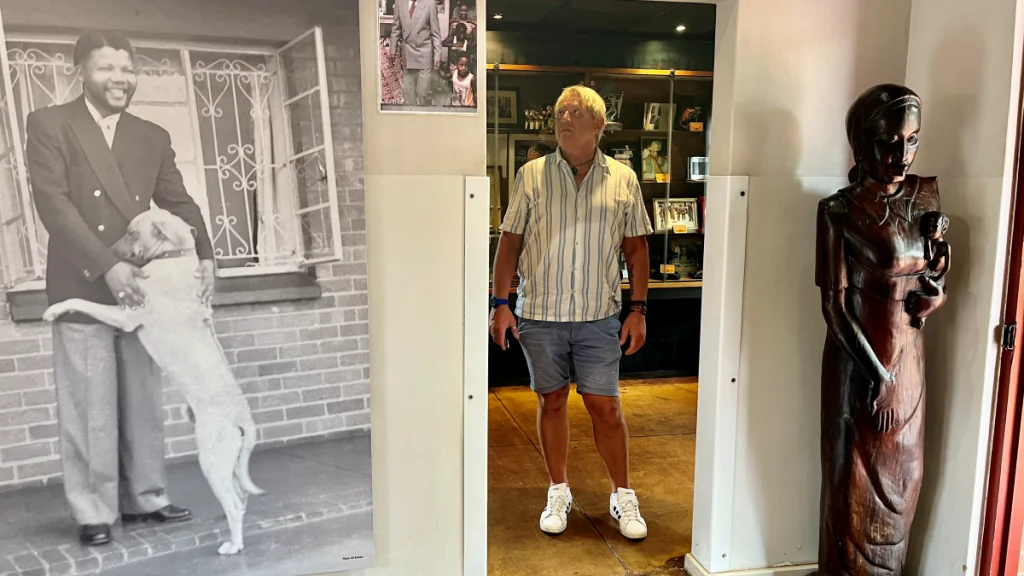
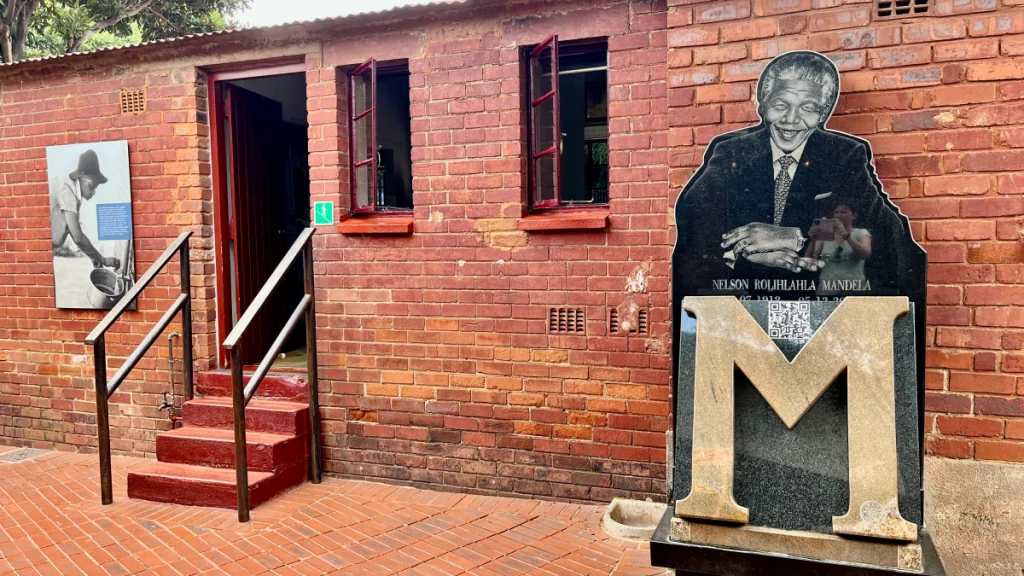
Hector Pieterson Museum and Memorial
In June 1976, black school children protested that they were suddenly being taught in Afrikaans (a language related to Dutch, mainly spoken by white Afrikaners) instead of their own mother tongue. Hector Pieterson, a 12-year-old boy, was killed during the uprising, and today there is a memorial to the incident.
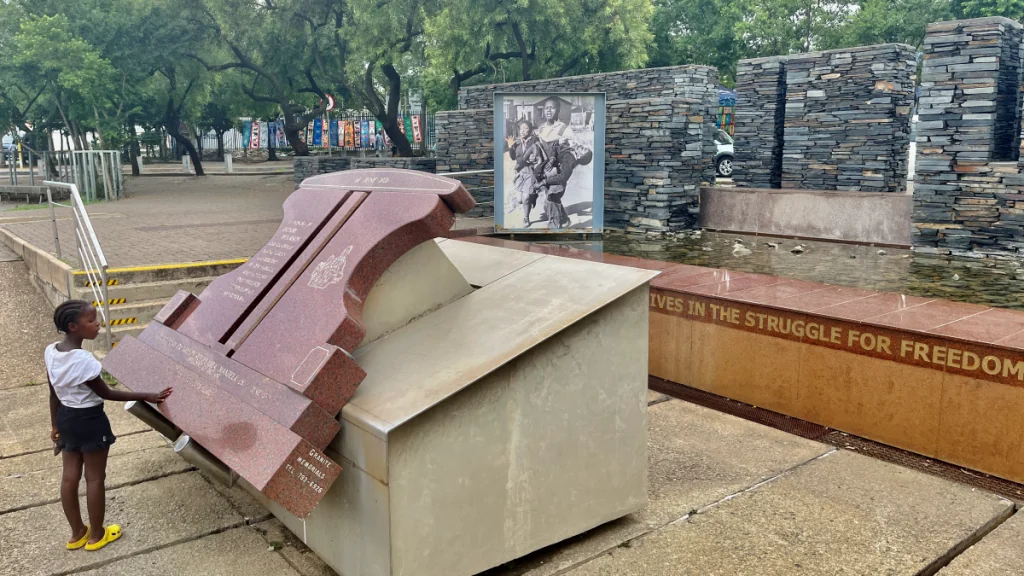
A very famous photo shows a young man carrying Pieterson after he has been shot. The man's name is Mbuyisa Makhubu, and after the incident he was harassed by the security services, forcing him to flee to Nigeria. What happened to him afterwards is unknown.
Read even more about Soweto in this report by Anna Nilsson Spets.
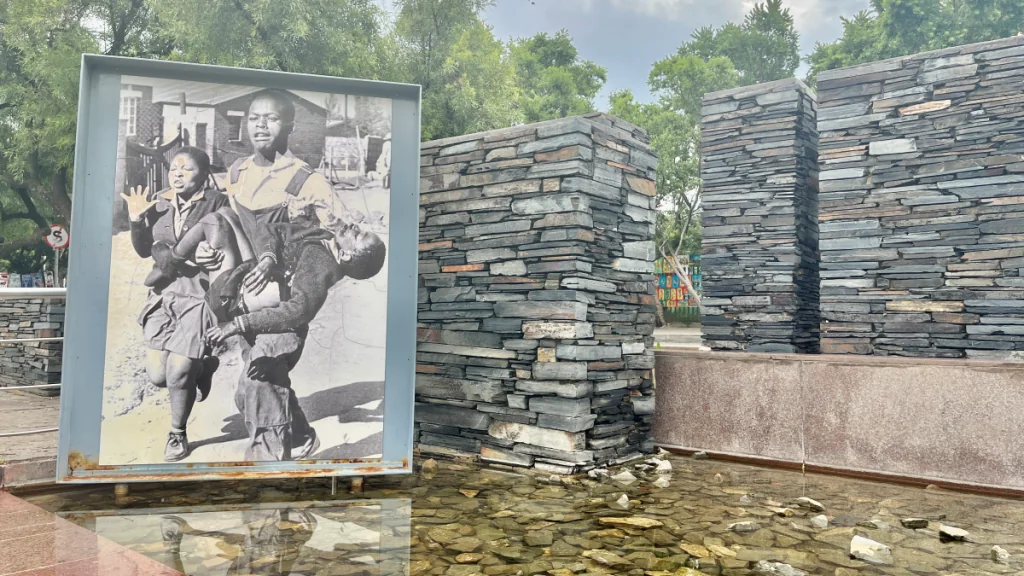
Cradle of Humankind
While in Johannesburg, we also took the opportunity to visit the Cradle of Humankind. This paleoanthropological site is located about 50 kilometres outside Johannesburg and is a UNESCO World Heritage Site.
The site is home to the world's largest concentration of ancestral remains, and includes a complex system of limestone caves. Fossils of hominins (the subfamily of hominids that includes humans but not the other apes) dating back 3.5 million years have also been found here.
When we arrived, we were greeted by stalls selling crafts, delicacies and ice cream, as well as a ticket office. Soon it was time for the guided tour ...
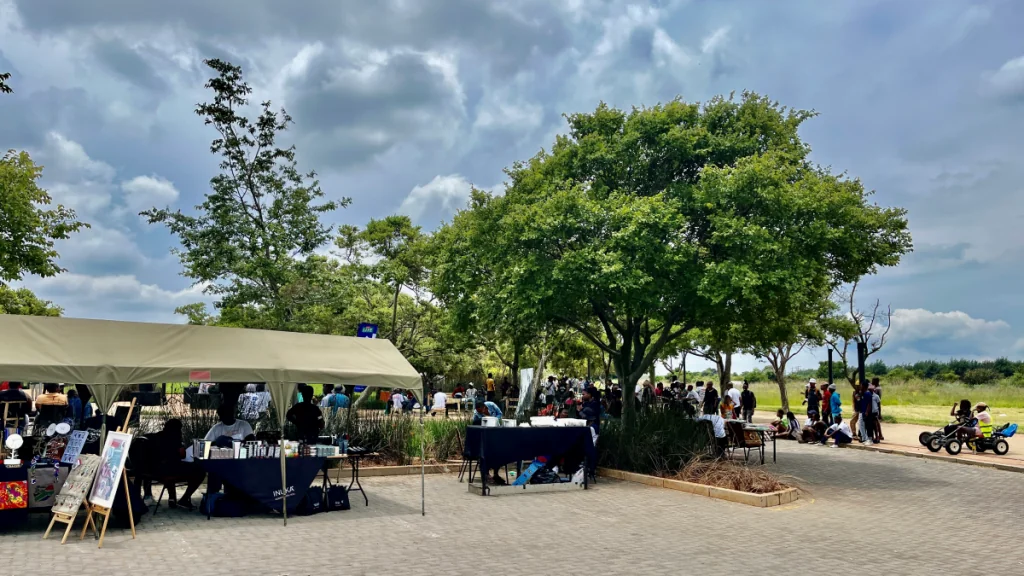
A guide welcomed us and the other tourists, and told us about the place and its history. Unfortunately, he announced that the caves were closed due to flooding, so we probably missed some of the things you can see and experience here.
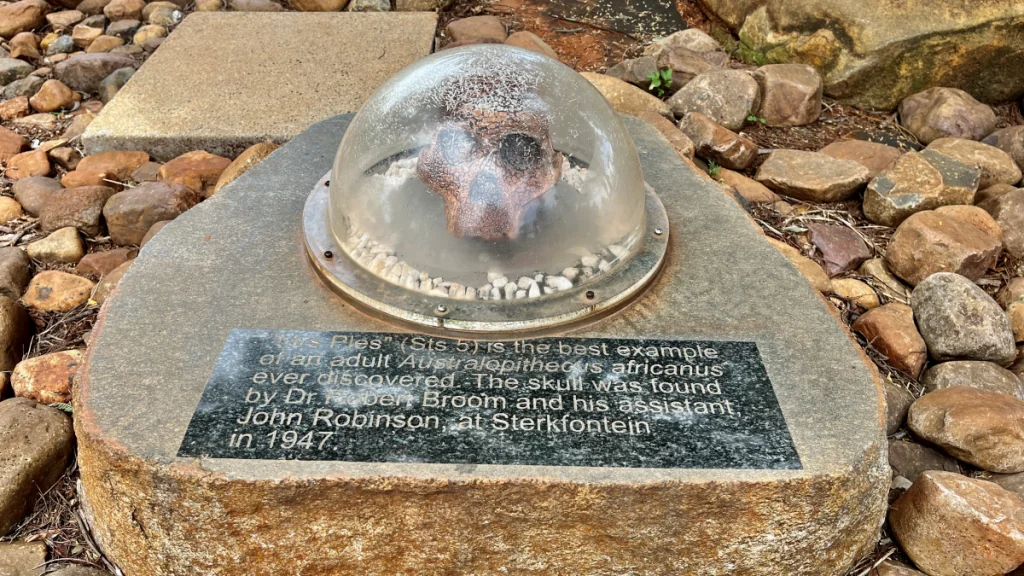
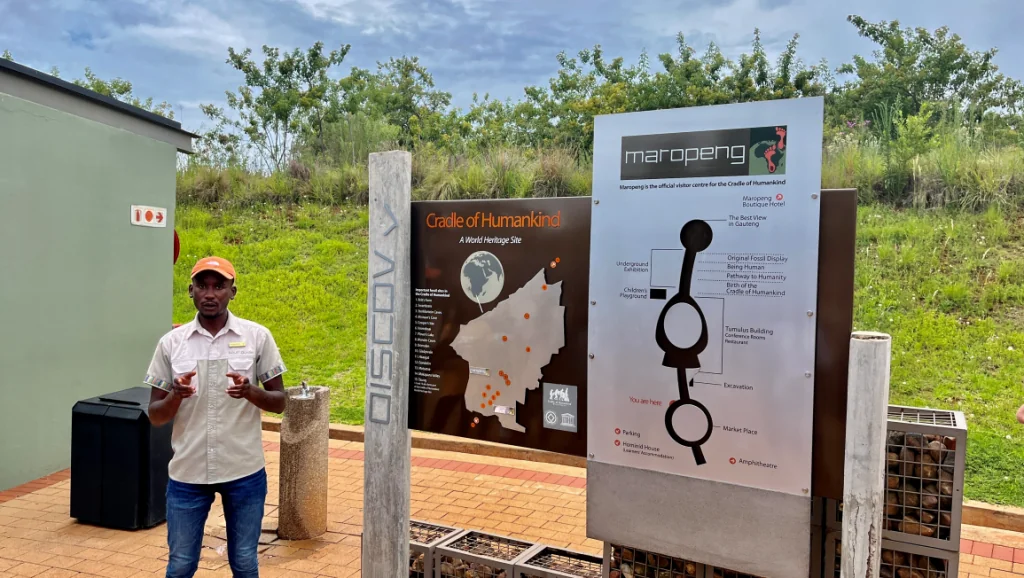
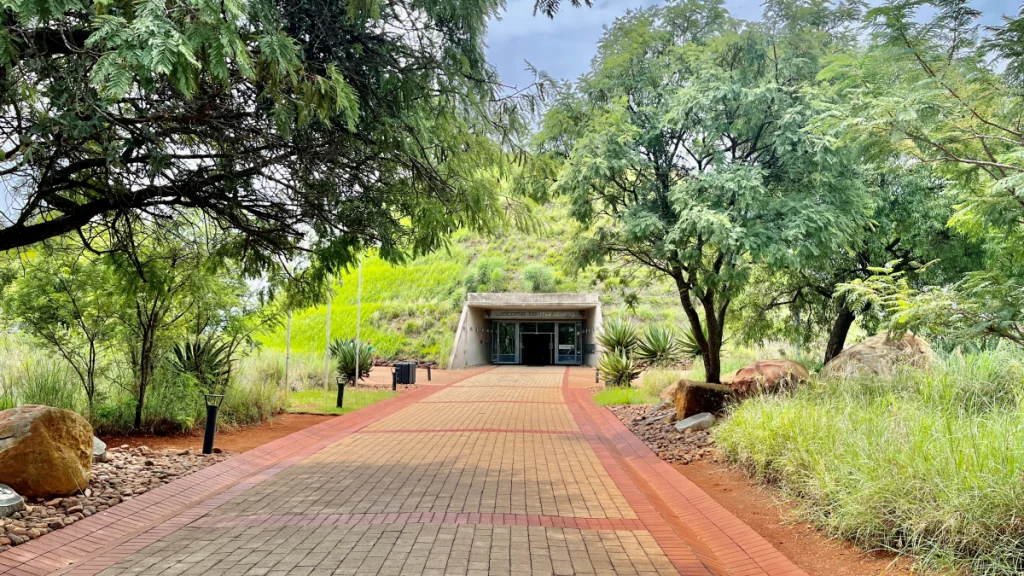
At least we were able to go into the museum, where we got to look at both skeletons and built-up versions of our ancestors.
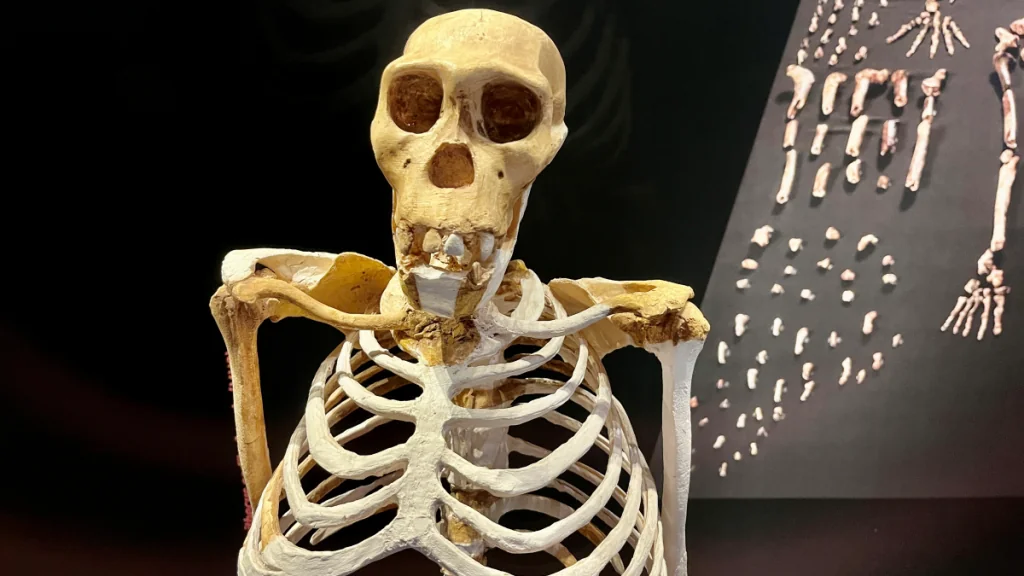
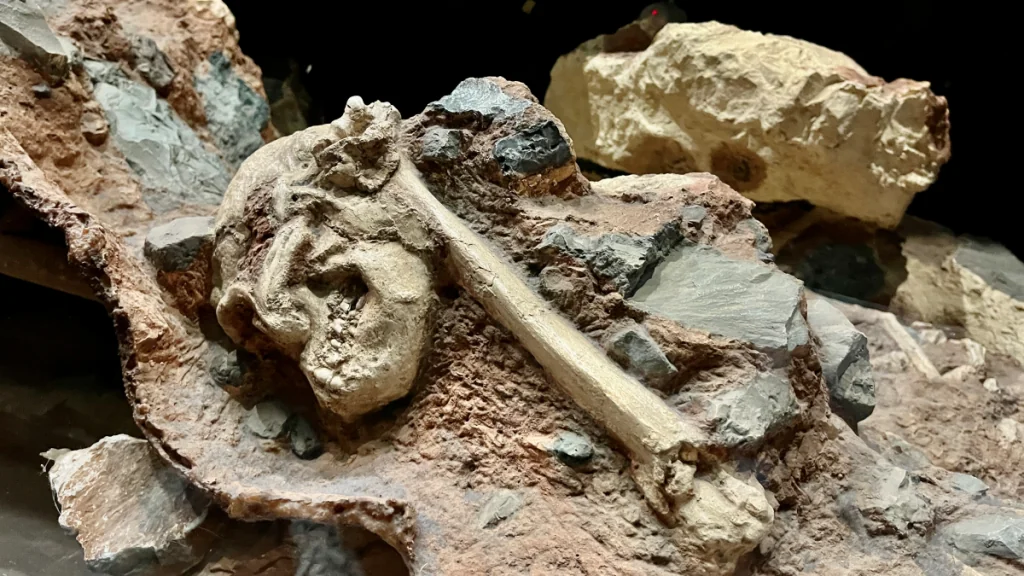
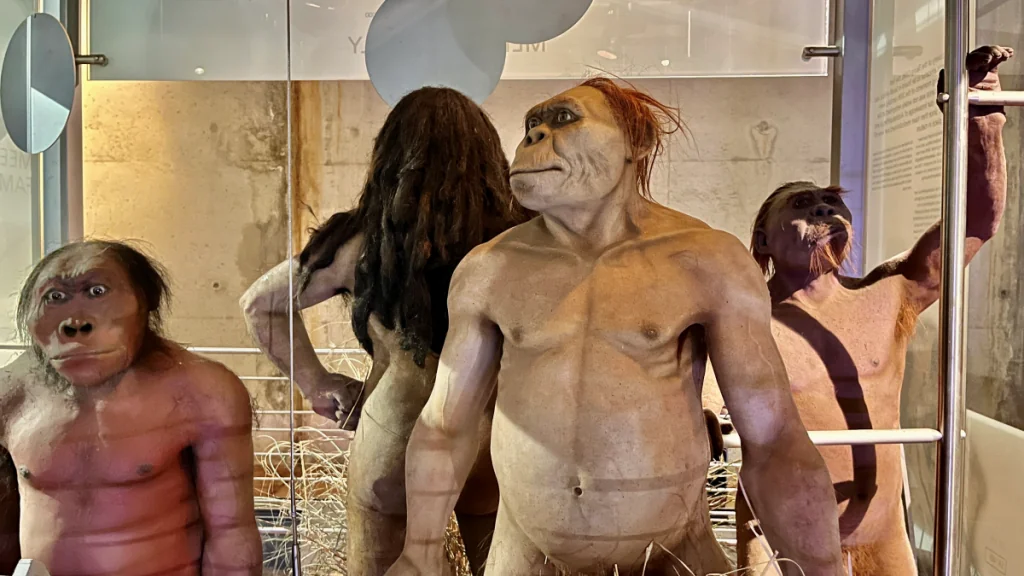
We also went on a boat ride through a tunnel with constructed visual experiences. This part of the experience was perhaps more for families with children to be honest. The visit to the "Cradle of Humankind" was interesting though!
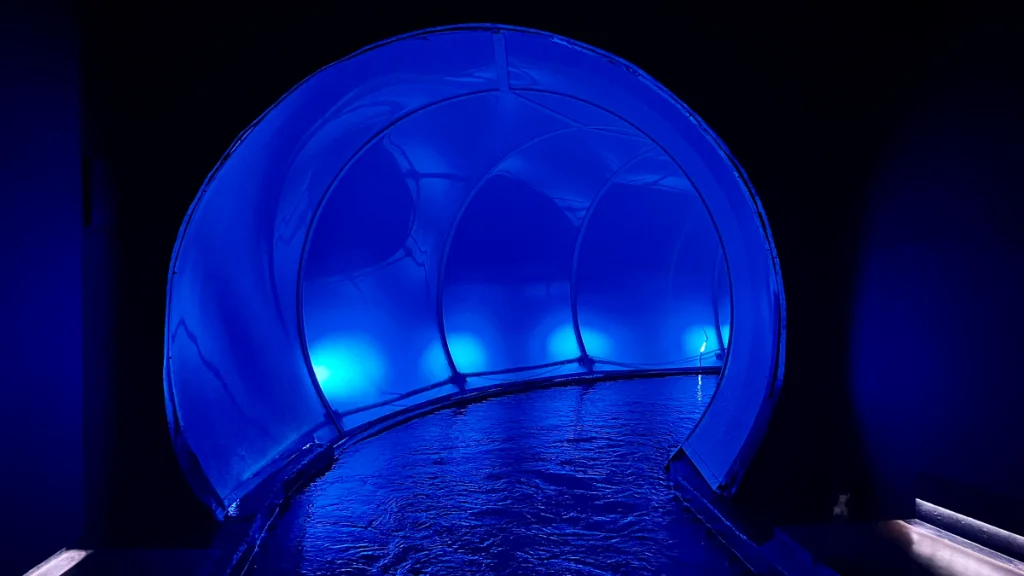
Park walk in the Johannesburg Botantical Gardens
What we also had time for in Johannesburg was a walk in the Johannesburg Botanical Gardens, which is a large and nice park, where it is popular to walk, walk the dog or just hang out in the green environment.
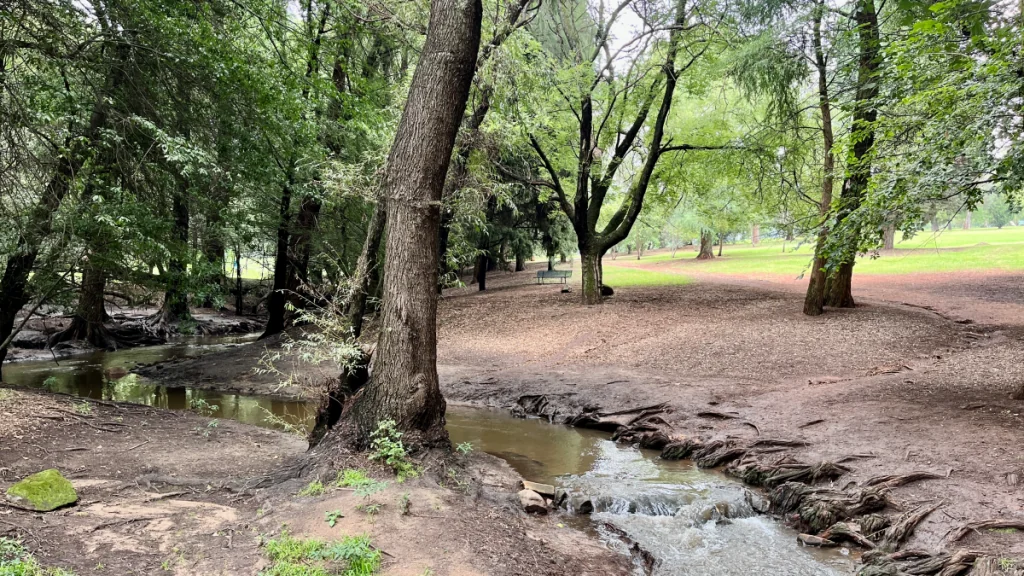
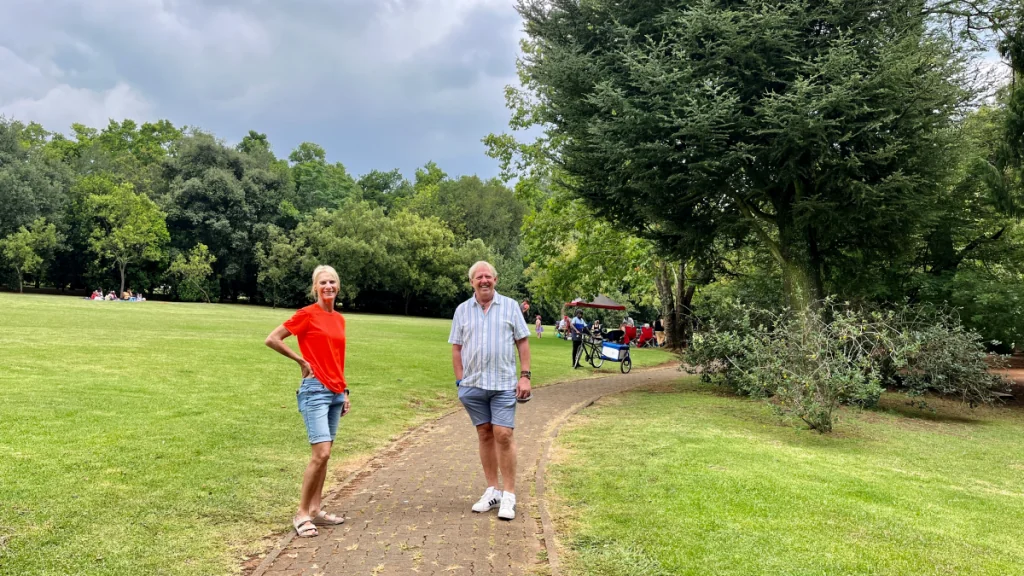
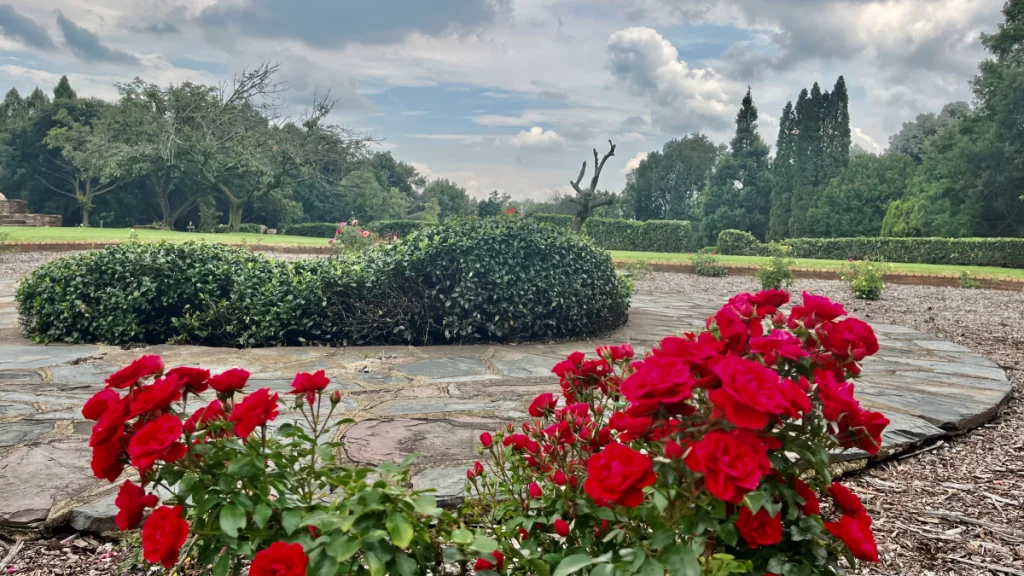
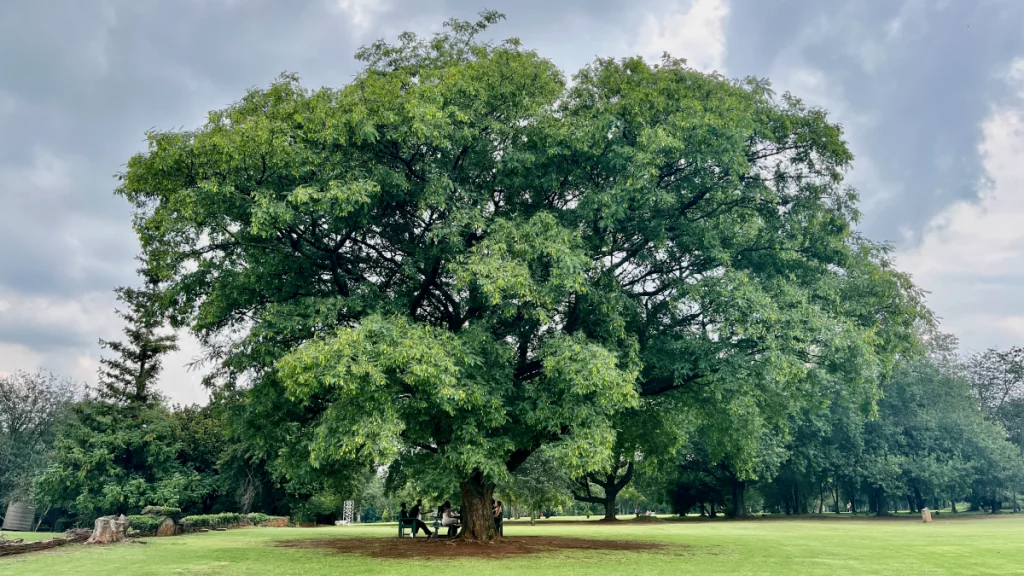
More to see and do in Johannesburg
There is, of course, much more to see and do in Johannesburg than what we did. Here are some more tips:
- Apartheid Museum tells the story of 20th century South Africa.
- Constitution Hill is a former prison, now a museum.
- Johannesburg Zoo is a zoo in the centre of the city.
- Tolokazi Beer is a local beer brewery that we were told about.
- Victoria Yards is a place of market and art.
- Zoo Lake is a lake with rowing boats and ducks.
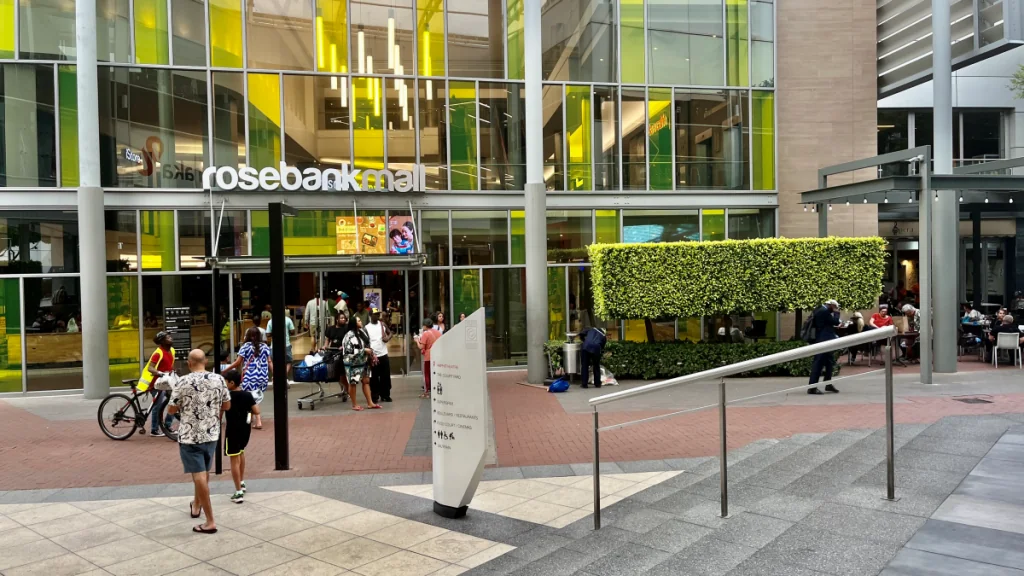
How safe is it to visit Johannesburg?
Johannesburg is a bustling metropolis notorious for its high crime rate. Unfortunately, this is true, according to everyone we spoke to. So, to visit Johannesburg, you should take some precautions. Here are some things to keep in mind:
- Avoid going out in the evening or at night.
- Choose safe transport, such as taxis pre-booked by the hotel.
- Avoid openly displaying valuables such as jewellery, mobile phones and cameras. Do not put your phone next to you on the restaurant table.
- Be careful when withdrawing money from an ATM.
- Do not visit shanty towns on your own, but with a guide.
- Feel free to ask hotel staff or other local people you trust for advice.
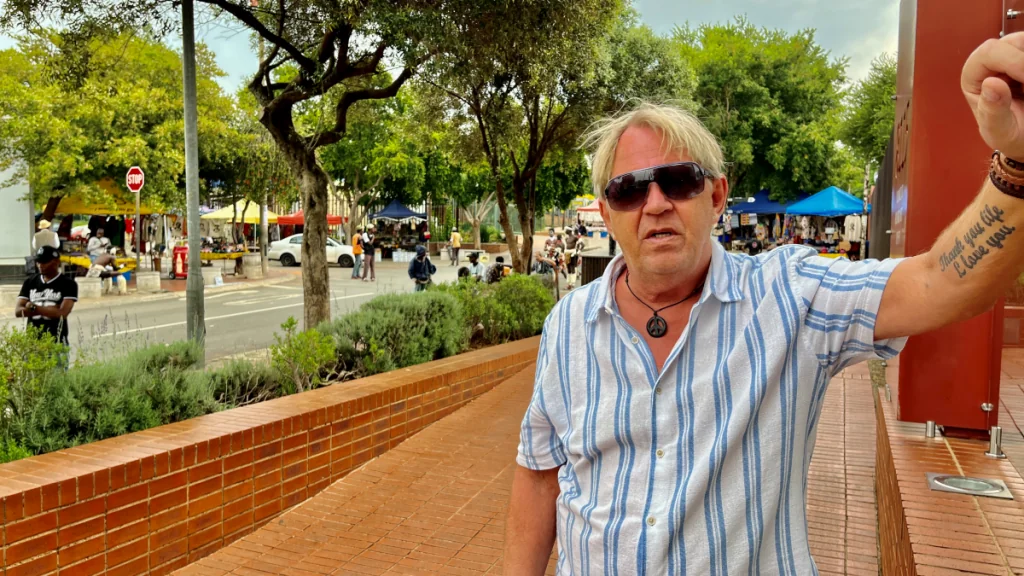
More to see and do in the neighbourhood
Starting in Johannesburg, it's well worth travelling to the Kruger Park by car or plane. You can see lots of animals in the Kruger Parkand if you go there by car, you can take the opportunity to discover the amazing world of Blyde River Canyon on the road.
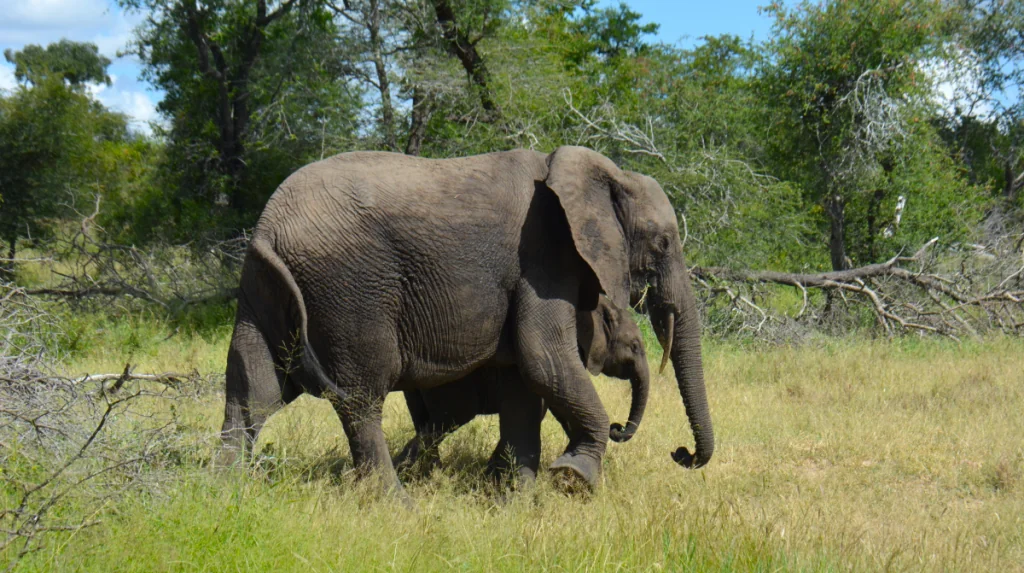
Are you curious to visit Johannesburg?
Have you visited Johannesburg, or are you curious to visit the city? Have you visited any other place in South Africa?
Info and Facts about Johannesburg
- Country: South Africa
- Provins: Gauteng
- Name: Johannesburg. Locally called Jo'burg. Zulu: eGoli
- Altitude: 1 753 metres above sea level
- Climate: Dry, but with rainfall between October and April.
- Temperature: Average summer temperature 27 degrees and average winter temperature 20 degrees.
- Founding: 4 October 1886
- Demographics: 42% of the population is under 24 and 6% is over 60.
- Language: The main languages are Zulu, English, Sotho, Tswana and Afrikaans.
- Religion: Christianity (over 50 per cent) with several religions
- Industry: Commercial and financial centre. There are also mining facilities and industries (metal, machinery, textiles, chemicals, etc.).
- Communications: O.R. Tambo International Airport is the largest airport in Africa. The Gautrain train runs between the airport and Pretoria or Park Station in Johannesburg.









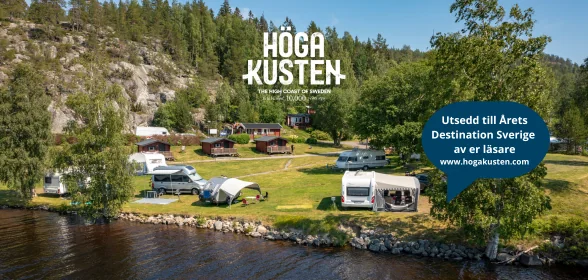


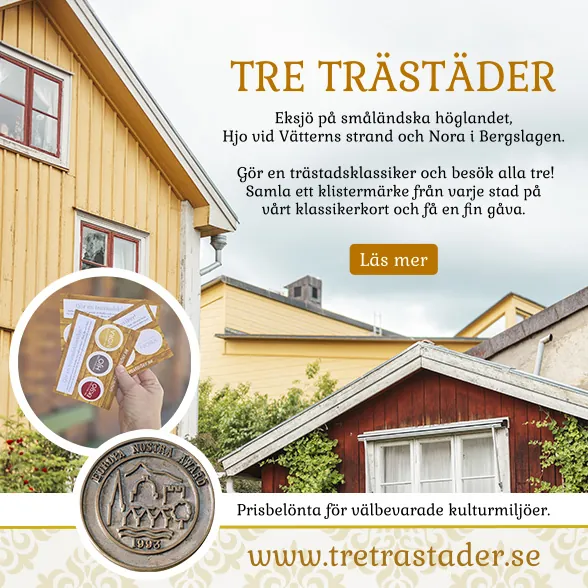
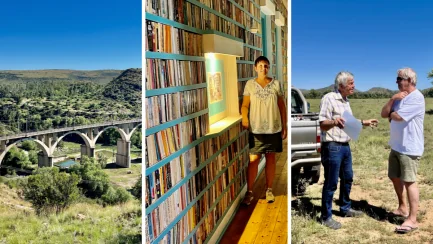
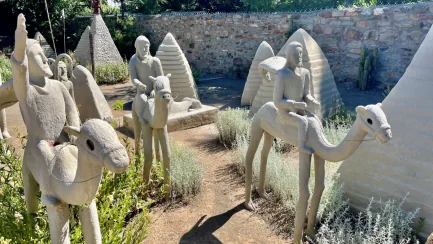
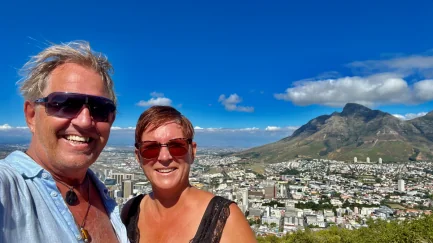
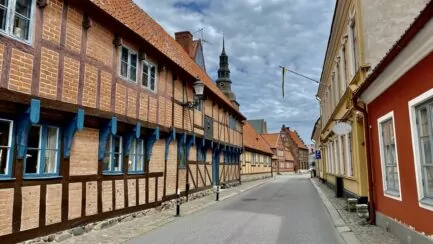
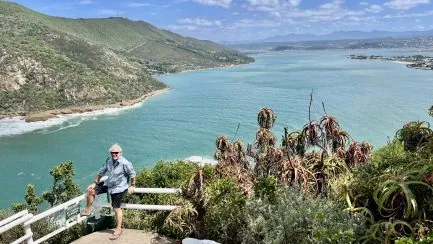
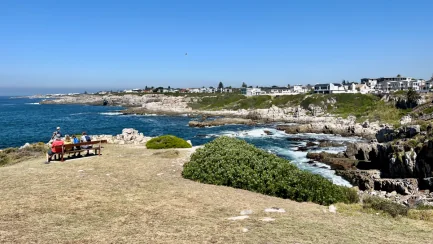



Lena - good for the soul says:
I can imagine it was a really interesting visit. Even though the story is tragic, it's important to learn about it so that we don't forget how evil human beings can be!
Hug Lena
13 February 2024 - 12:39
Anna Nilsson Spets says:
I really liked Joburg and wished I had had more time there, the only thing I thought was a bit too jippo was the street by Mandela and Tutu's house. A lot of tinkering and Zulu dancers.
13 February 2024 - 19:05
BP says:
Your post complements Aunt Anna's post perfectly. I am definitely interested in visiting Johannesburg. Prefer to wander around cities instead of forests, so... What does "modern" Johannesburg look like? Many skyscrapers, or?
13 February 2024 - 19:19
Tsalanang Tours says:
Thank you so much for the lovely write up about me and Tsalanang Tours, was a great pleasure meeting you both and showing you Soweto. Love the advise on safety when visiting Johannesburg so accurate.
Happy Travels
Thabang
28 February 2024 - 23:15